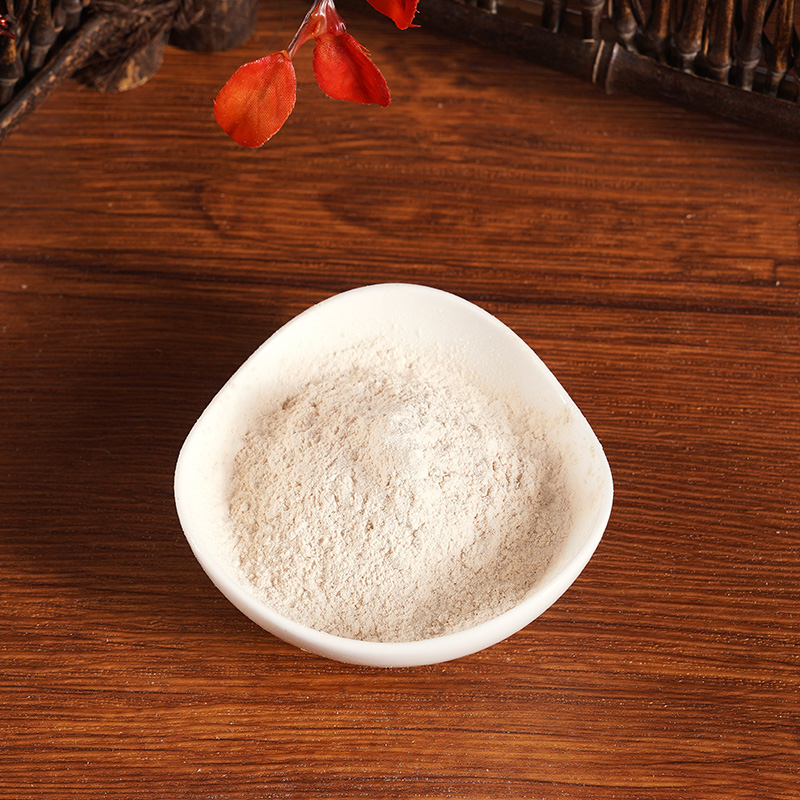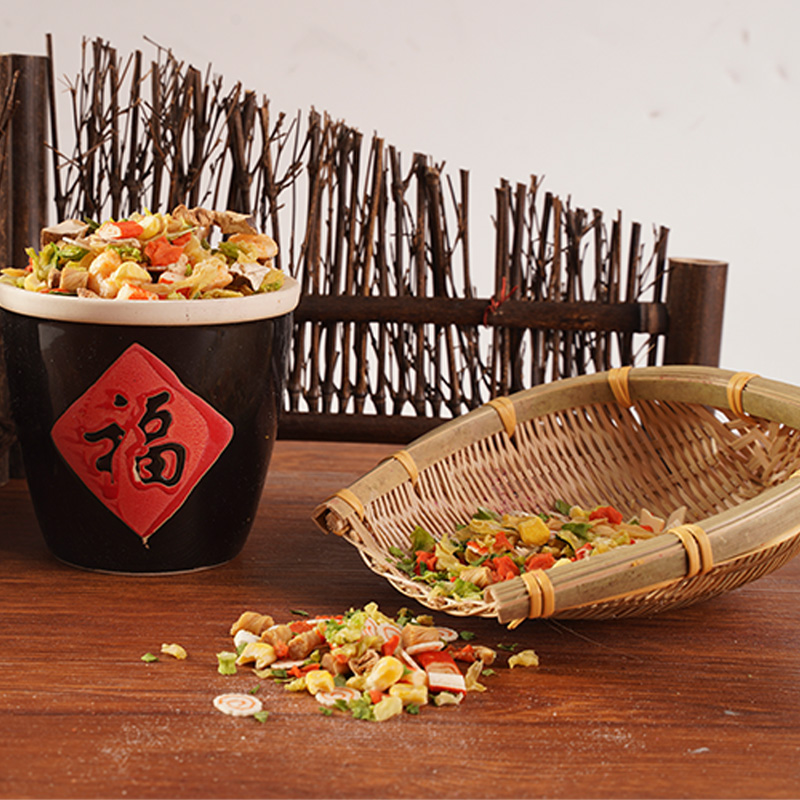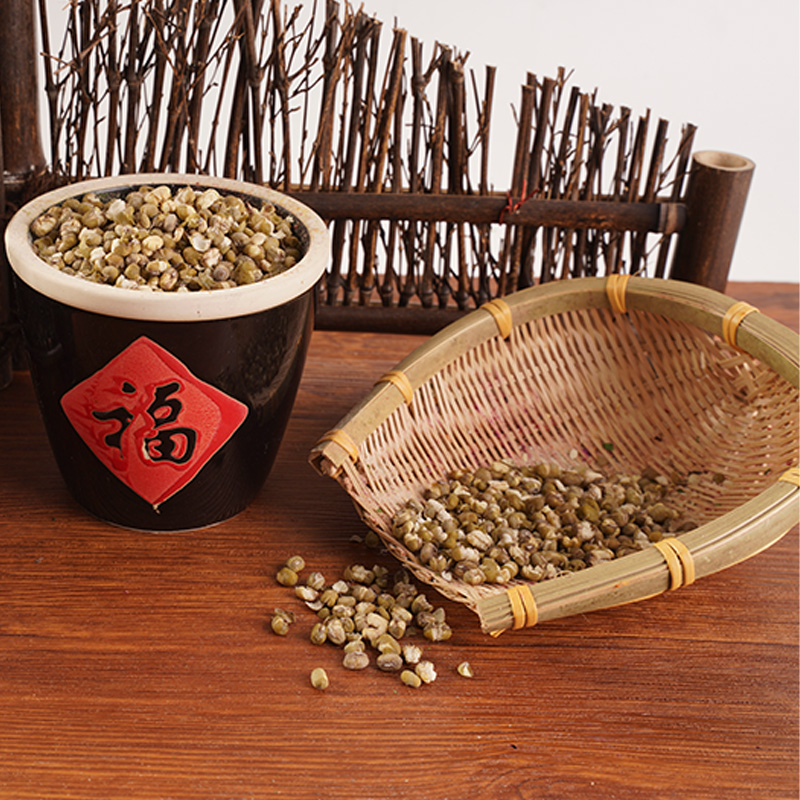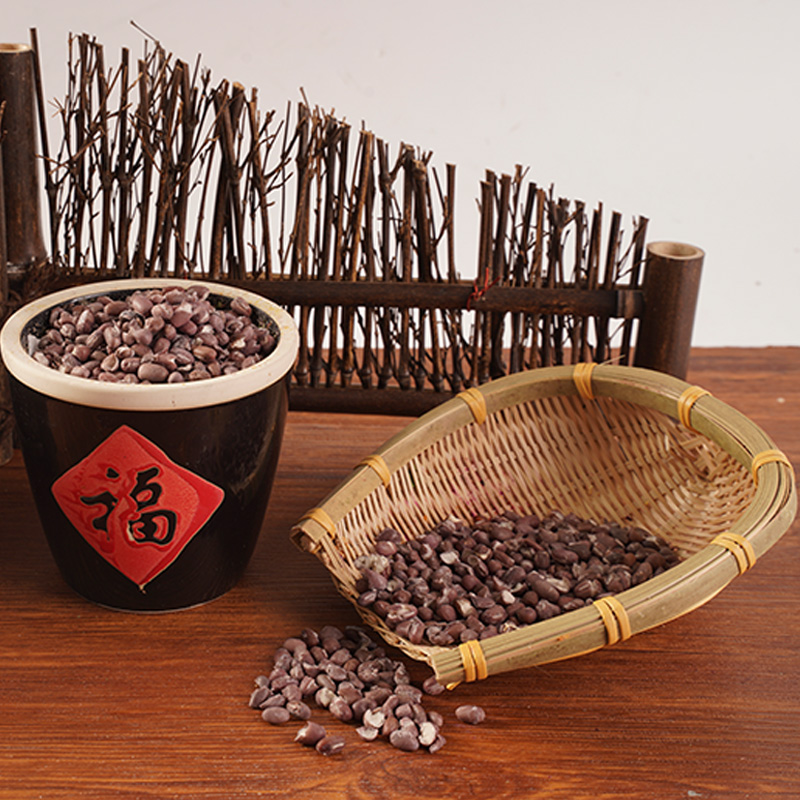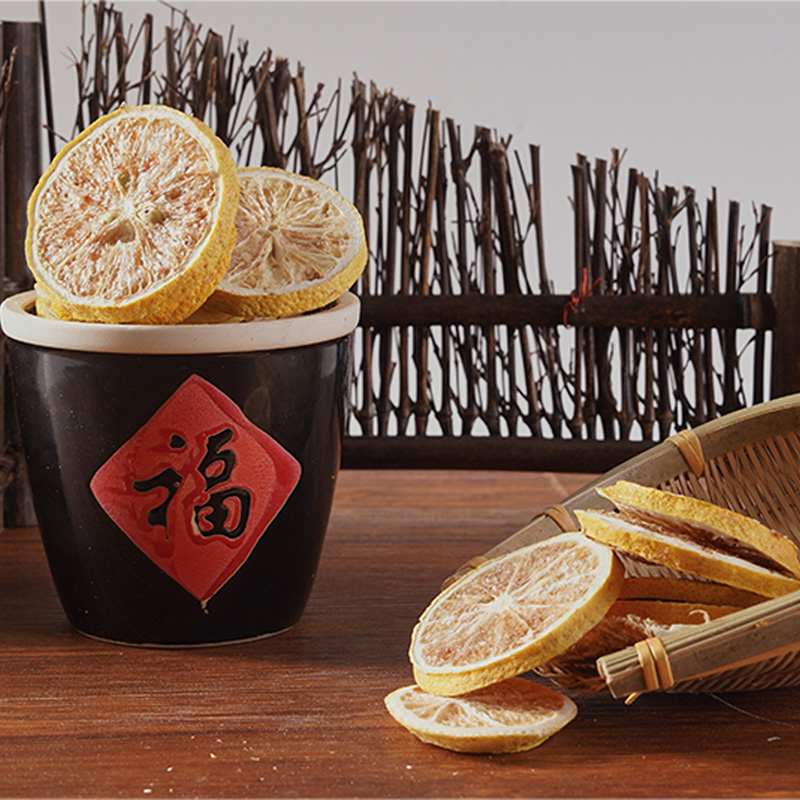How Can I Use Dehydrated Vegetables in Everyday Cooking?
Dehydrated vegetables offer a practical, shelf-stable option for enhancing everyday meals, providing convenience without sacrificing nutritional value entirely. Understanding their properties and optimal uses can unlock significant potential in home kitchens. Here's a guide to effectively incorporating dehydrated vegetables into daily cooking routines.
Understanding Dehydrated Vegetables
Dehydrated vegetables are fresh vegetables that have had the majority of their water content removed through controlled drying processes. This preservation method significantly extends shelf life, reduces storage space, and concentrates flavors. Key characteristics include:
-
Rehydration Requirement: Most applications require adding moisture back before or during cooking.
-
Concentrated Flavor: Removal of water intensifies the vegetable's inherent taste.
-
Nutrient Retention: While some heat-sensitive vitamins (like Vitamin C) diminish during dehydration, minerals, fiber, and many other nutrients remain concentrated.
Practical Applications in Everyday Cooking:
-
Soups, Stews, and Broths:
-
Direct Addition: Add dehydrated vegetables like onions, carrots, celery, peas, corn, or bell peppers directly to simmering soups, stews, chilis, or broths. They rehydrate fully during the cooking process, absorbing surrounding flavors.
-
Flavor Base: Use powdered dehydrated vegetables (e.g., tomato, mushroom, onion, garlic powder) to add depth and umami to stocks, sauces, and gravies without altering texture. Dehydrated vegetables provide an efficient way to build complex layers of flavor.
-
-
Casseroles and Bakes:
-
Incorporate rehydrated or partially rehydrated dehydrated vegetables (like spinach, mushrooms, or peppers) into pasta bakes, rice casseroles, lasagnas, or shepherd's pie fillings. They blend seamlessly and maintain structure.
-
-
Sauces and Gravies:
-
Finely chopped or powdered dehydrated vegetables, such as onions, garlic, tomatoes, or mushrooms, dissolve easily into sauces, gravies, and pan drippings, thickening them slightly and enriching flavor without visible chunks if desired.
-
-
Dips, Spreads, and Seasonings:
-
Rehydrate finely minced dehydrated vegetables (onions, chives, leeks, peppers) and stir them into cream cheese, sour cream, hummus, or yogurt-based dips.
-
Create custom seasoning blends using powdered dehydrated vegetables combined with herbs and spices for rubs, popcorn toppings, or general seasoning.
-
-
Baking (Breads, Muffins, Savory Pastries):
-
Add small, rehydrated dehydrated vegetables like carrots, zucchini, spinach, or peppers to bread dough, muffin batter, or savory scone mixes for added nutrition, moisture, and flavor. Ensure excess water is squeezed out after rehydration.
-
-
Rice, Grain, and Legume Dishes:
-
Stir dehydrated vegetables (peas, corn, carrots, onions) directly into cooking rice, quinoa, lentils, or beans during the last 10-15 minutes of simmering. They will plump up as the grains/legumes finish cooking and absorb the remaining liquid.
-
-
Convenience and Emergency Use:
-
Dehydrated vegetables are invaluable for quick meal assembly. Keep a variety on hand to instantly add vegetable content to simple dishes like instant noodles, scrambled eggs, or quick stir-fries when fresh produce is unavailable.
-
Best Practices for Using Dehydrated Vegetables:
-
Rehydration Methods:
-
Hot Liquid: Pour boiling water or broth over dehydrated vegetables and let stand for 5-20 minutes (depending on size and type) until tender. Drain excess liquid before use (reserve flavorful liquid for soups/sauces).
-
Cold Soaking: Cover dehydrated vegetables with cold water and refrigerate for several hours or overnight. Drain before use.
-
Cooking Directly: Add directly to dishes with sufficient simmering liquid and cooking time (e.g., soups, stews).
-
-
Ratio Considerations: Start with a smaller volume than fresh equivalents due to flavor concentration. A general starting point is 1 part dehydrated vegetable to 2 parts water for rehydration, yielding approximately 2 parts reconstituted vegetable, but adjust based on specific type and desired texture.
-
Texture Awareness: Reconstituted dehydrated vegetables typically have a softer texture than fresh. They work best in dishes where this is acceptable or desirable (soups, sauces, casseroles) rather than as crisp raw substitutes.
-
Storage: Store dehydrated vegetables in airtight containers in a cool, dark, dry place to maximize shelf life (often 6 months to a year or more).
Dehydrated vegetables are a versatile and practical pantry staple for everyday cooking. Their extended shelf life, reduced storage footprint, and concentrated flavor make them a valuable resource. By understanding their rehydration needs and leveraging their strengths in soups, stews, sauces, casseroles, and seasoning blends, home cooks can efficiently add nutritional value and vegetable content to a wide array of daily meals. Proper storage and rehydration techniques ensure optimal results when incorporating dehydrated vegetables into the culinary routine.
News Category
- Company News(1)
- Industry News(68)



 English
English русский
русский 日本語
日本語 한국어
한국어 中文简体
中文简体






